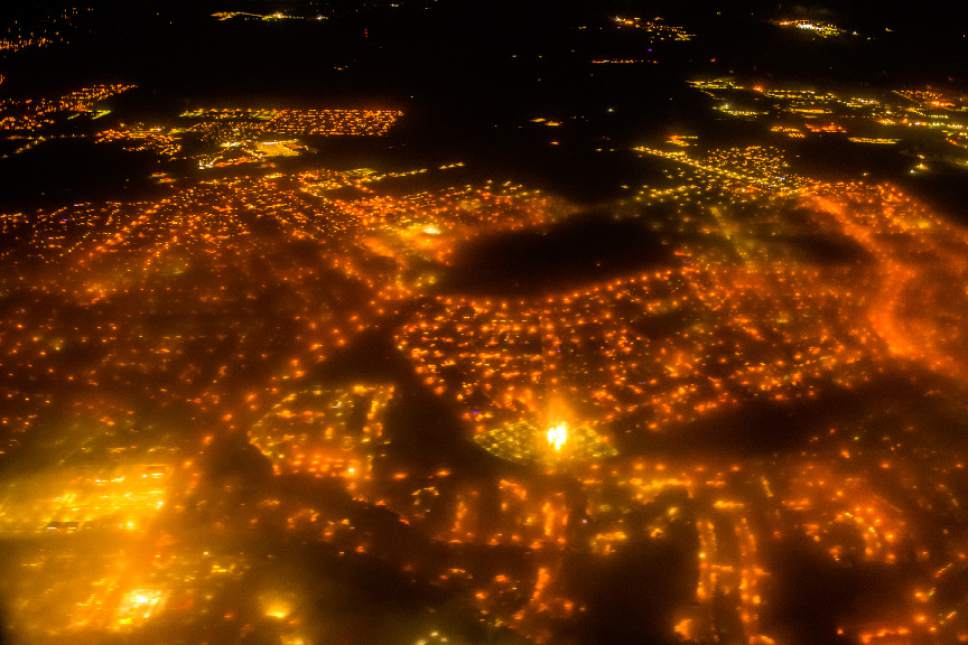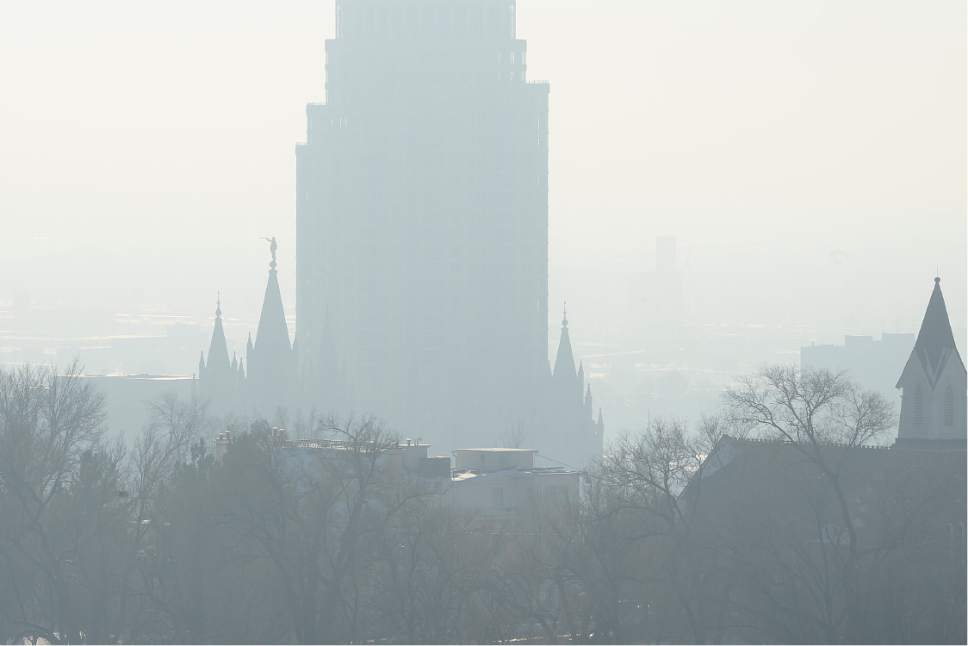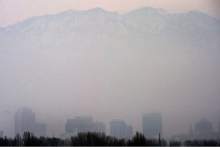This is an archived article that was published on sltrib.com in 2017, and information in the article may be outdated. It is provided only for personal research purposes and may not be reprinted.
State officials are mulling new pollution-control measures after the U.S. Environmental Protection Agency has found Utah out of compliance with air-quality standards.
On Friday, the EPA classified the Provo and Salt Lake City metro areas, including Davis and Weber counties and parts of Box Elder and Tooele, as "serious" nonattainment areas.
The "serious" designation, raised from "moderate," confirms that Utah did not meet a 2015 deadline for complying with federal air-quality rules for small particulate pollution, or PM2.5.
Both the Salt Lake City and Provo areas have struggled to meet the standard since it was changed in 2006.
Air-quality advocate Matt Pacenza, executive director of HEAL Utah, welcomed the EPA's decision.
"For nearly 10 years, Utah's air has failed federal health standards," he said. "Now's our chance to look under every rock for measures to reduce pollution from our cars, homes, buildings and businesses in order to protect the health of our families for years to come."
State regulators and clean-air advocates have vetted added pollution controls, including a wood stove exchange program; emissions rules related to yard care equipment; and more restrictions on heavy duty commercial trucks, railroads and even airports.
But Bryce Bird, director of the Utah Division of Air Quality (DAQ), said if Utah does not experience another episode of bad air this year, the Wasatch Front may reach EPA's standard by year's end.
That would not reverse the EPA's finding that Utah is in serious nonattainment, but it would meet the new deadline for compliance — the end of 2019.
The way EPA's current PM2.5 rules are written, an area can exceed health-based limits on the small particulate pollutants only for approximately 21 days over the course of three years.
Some regions in Utah are already down to just one day remaining out of compliance for the current three-year period.
"That's why we're developing plans," Bird said, "and still working at strategies."
But the weather remains a key factor, he said.
"If we get a pretty long inversion," Bird said, "it would be difficult for any strategy to demonstrate attainment."
The EPA has not issued a decision on Utah's third PM2.5 nonattainment area in Cache County, which extends into Idaho.
Idaho officials applied for an extension of the 2015 deadline for that region, which has met the standard for PM2.5 for the past two years. Cache Valley needs only to avoid violating the standard for one more year to comply with the federal rule.
Each time a state misses one of the statutory deadlines for meeting pollution standards, the EPA becomes increasingly strict about what the state's air-quality plan must include.
If Salt Lake City and Provo miss the next deadline in 2019, the EPA will essentially require the state to adopt every rule any other state has passed to control PM2.5.
Pacenza said Utah officials seem "willing to take a look at virtually any idea."
"I'm heartened by that," he said. "I think the trickier questions are about money — there are a lot of ideas that would require an investment in resources and action from the governor and state Legislature.
"We can't count on those kind of investments," he said, "if prior years are any indication."
And as the state cracks down on household emissions, Pacenza said, it may be increasingly difficult to get the public on board.
"Reducing emissions in an increasingly crowded urban valley is going to force some difficult choices … on ordinary Utah families," he said. "There are times when ideas have come forth in which the public is asked to change some behaviors that have not been terribly popular."
One such idea includes a possible ban on burning wood and other solid fuels at home — a rule Bird said the DAQ will consider, despite recent legislation that outlaws such regulations.
The state may also require the state's largest businesses to allow their employees to work from home during periods of poor air quality.
So far, Bird said, the DAQ has focused on finding new ways to control emissions from businesses and industry, including new pollution-control technologies.
He said state regulators also hope new federally mandated standards for vehicle emissions, which took effect earlier this year, will help to clean up Utah's air.
Twitter: @EmaPen











